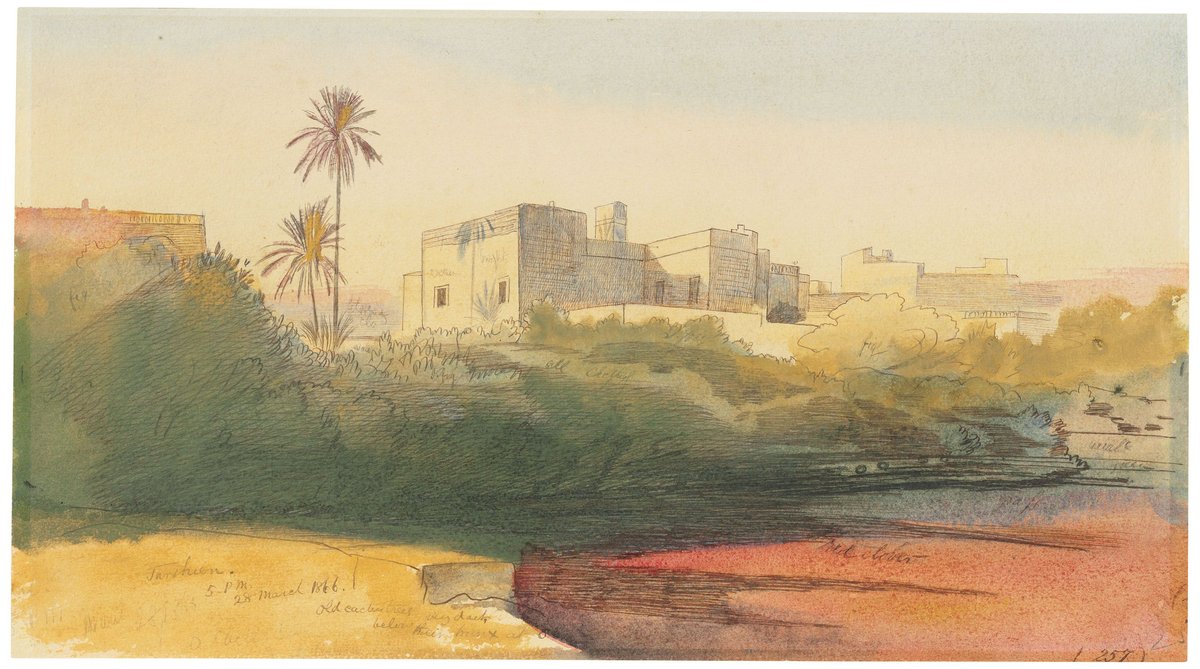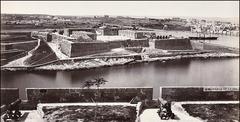
Guide to Visiting It-Tempji ta’ Ħal Tarxien in Gżira, Malta
Publication Date: 18/07/2024
Introduction
The Tarxien Temples, or It-Tempji ta’ Ħal Tarxien, stand as one of Malta’s most remarkable and historically significant sites. Located in the town of Tarxien, these megalithic structures are a testament to the advanced engineering and spiritual life of Malta’s prehistoric inhabitants. Discovered in 1913 by local farmers and extensively excavated by Sir Themistocles Zammit, these temples date back to approximately 3600-2500 BCE (Heritage Malta). The Tarxien Temples are now a UNESCO World Heritage Site, celebrated for their intricate stone carvings, sophisticated construction techniques, and the wealth of archaeological artifacts found within their grounds (UNESCO). Visitors to the site can explore four interconnected temples that vividly depict the religious and cultural practices of Malta’s ancient communities. This comprehensive guide aims to provide all the necessary information for a perfect visit, including historical context, visitor tips, and nearby attractions.
Table of Contents
- Introduction
- History of It-Tempji ta’ Ħal Tarxien
- Visitor Information
- Travel Tips and Nearby Attractions
- Accessibility and Amenities
- Archaeological Discoveries
- Recent Research and Developments
- Community Engagement and Cultural Heritage
- FAQ
- Conclusion
History of It-Tempji ta’ Ħal Tarxien
Discovery and Excavation
The Tarxien Temples were first discovered in 1913 by local farmers who stumbled upon large stone blocks while plowing their fields. The formal excavation began in 1915 under the direction of Sir Themistocles Zammit, Malta’s first Director of Museums. The site was excavated over several years, revealing a complex of four megalithic structures dating back to the Neolithic period, around 3600-2500 BCE (Heritage Malta).
Architectural Significance
The Tarxien Temples are a testament to the advanced architectural skills of Malta’s prehistoric inhabitants. The complex consists of four interconnected temples, each showcasing intricate stone carvings and sophisticated construction techniques. The temples are built using large limestone blocks, some weighing several tons, which were transported and erected without the use of metal tools or the wheel. The site is particularly noted for its detailed stone reliefs depicting animals, spirals, and other geometric patterns (UNESCO).
Religious and Cultural Context
The Tarxien Temples are believed to have served as a central place of worship and community gathering for the prehistoric inhabitants of Malta. The temples’ layout suggests they were used for various rituals, including animal sacrifices and possibly human burials. The discovery of numerous altars, hearths, and libation holes indicates that the site was a focal point for religious ceremonies. Additionally, the presence of large stone statues, including a famous “fat lady” figure, suggests the worship of fertility deities (Malta Tourism Authority).
Conservation Efforts
Over the years, the Tarxien Temples have faced numerous challenges, including weathering, erosion, and human interference. In response, extensive conservation efforts have been undertaken to preserve the site for future generations. In 2012, a protective shelter was erected over the temples to shield them from the elements. Ongoing conservation work includes the stabilization of stone structures, the removal of invasive vegetation, and the implementation of advanced monitoring systems to track environmental conditions (Heritage Malta).
Visitor Information
Ticket Prices and Opening Hours
The Tarxien Temples are open to the public with visiting hours typically from 9:00 AM to 5:00 PM. It’s advisable to check the official Heritage Malta website for the most current information on opening hours and ticket prices. Tickets can be purchased on-site or online, with discounts available for students, seniors, and group bookings.
Guided Tours and Special Events
Guided tours are available for visitors who want a more in-depth understanding of the site. These tours are led by knowledgeable guides who provide insights into the history, architecture, and cultural significance of the temples. Special events, such as archaeological workshops and seasonal celebrations, are also held at the site throughout the year.
Travel Tips and Nearby Attractions
How to Get There
The Tarxien Temples are located in the town of Tarxien, which is easily accessible by public transport, car, or taxi from Valletta, Malta’s capital. Ample parking is available close to the site.
Best Time to Visit
The best time to visit the Tarxien Temples is during the spring and autumn months when the weather is pleasant. Early mornings or late afternoons are ideal for avoiding the midday heat and crowds.
Photographic Spots
The site offers several excellent spots for photography, particularly the detailed stone carvings and the impressive temple structures. Be sure to capture the intricate patterns and the famous statues.
Accessibility and Amenities
The Tarxien Temples are equipped with facilities to accommodate visitors with disabilities, including ramps and accessible restrooms. A visitor center on-site offers educational resources, interactive exhibits, and a gift shop where visitors can purchase souvenirs and educational materials.
Archaeological Discoveries
The excavation of the Tarxien Temples has yielded a wealth of archaeological finds, including pottery, tools, and human remains. These artifacts provide valuable insights into the daily lives, beliefs, and practices of Malta’s prehistoric inhabitants. Notably, the discovery of a large stone sphere suggests that the ancient builders may have used spherical stones to transport the massive limestone blocks used in the construction of the temples (Malta Archaeological Review).
Recent Research and Developments
Recent research at the Tarxien Temples has focused on using advanced technologies, such as 3D scanning and ground-penetrating radar, to gain new insights into the site’s construction and use. These technologies have revealed previously unknown features, such as underground chambers and hidden carvings, further enriching our understanding of this remarkable site. Ongoing studies aim to uncover more about the social and cultural dynamics of the prehistoric communities that built and used the temples (Journal of Mediterranean Archaeology).
Community Engagement and Cultural Heritage
The Tarxien Temples are not only a site of historical and archaeological importance but also a vital part of Malta’s cultural heritage. Efforts to engage the local community in the preservation and promotion of the site include educational programs, community events, and volunteer opportunities. These initiatives aim to foster a sense of pride and stewardship among local residents, ensuring that the Tarxien Temples remain a cherished and well-preserved landmark for future generations (Malta Heritage Trust).
FAQ
What are the visiting hours for the Tarxien Temples?
The visiting hours are typically from 9:00 AM to 5:00 PM. Check the official Heritage Malta website for the most current information.
How much do tickets to the Tarxien Temples cost?
Ticket prices vary, with discounts available for students, seniors, and groups. Visit the Heritage Malta website for detailed pricing information.
Are there guided tours available at the Tarxien Temples?
Yes, guided tours are available and provide a comprehensive understanding of the site’s history and significance.
Conclusion
In summary, the Tarxien Temples stand as a remarkable testament to the ingenuity and spiritual life of Malta’s prehistoric inhabitants. Through ongoing conservation, research, and community engagement, this invaluable heritage site continues to offer profound insights into our shared human past. We encourage you to visit the Tarxien Temples and explore one of Malta’s most significant historical sites. For more information, download our mobile app Audiala, check out other related posts, or follow us on social media for more updates.


